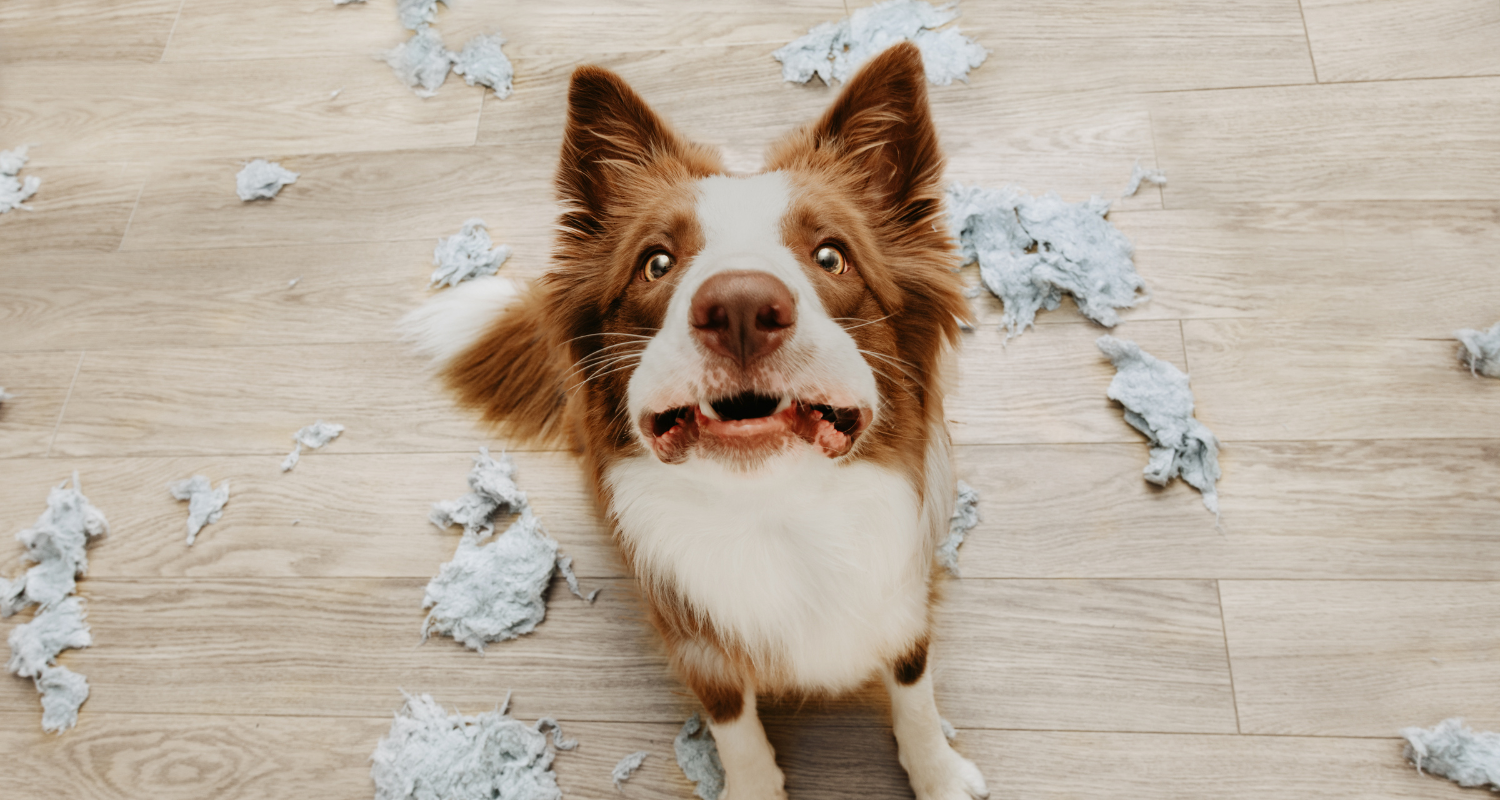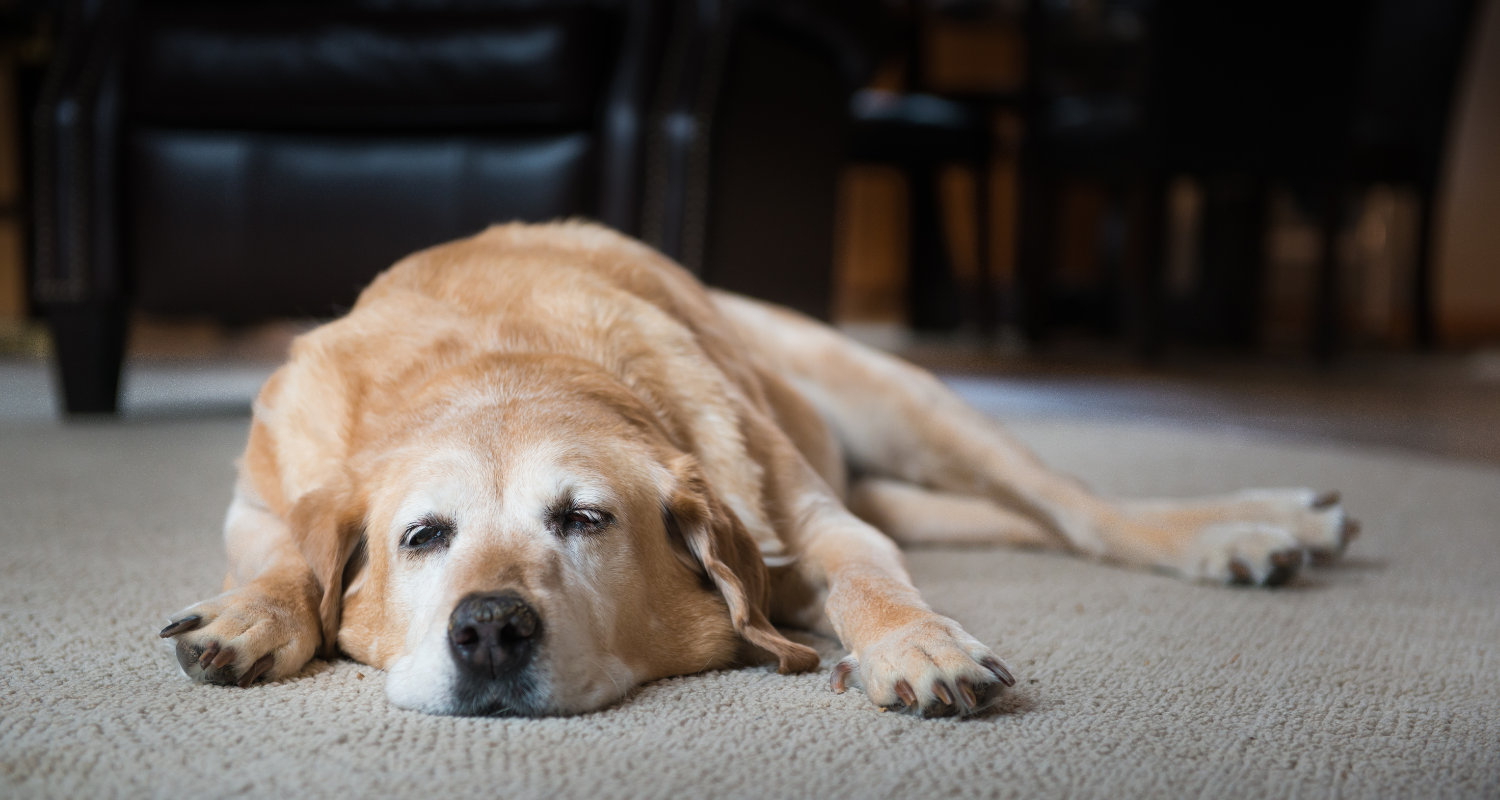Separation anxiety in dogs is a common and challenging issue that many pet owners face. It can manifest as destructive behaviour, excessive barking, and even self-harm when a dog is left alone. Understanding and addressing this anxiety is crucial for your dog's well-being and your peace of mind. Here’s a comprehensive guide to help you manage and alleviate separation anxiety in your furry friend.
Understanding Separation Anxiety
Separation anxiety occurs when dogs become distressed due to separation from their owners. It often happens in dogs that are overly attached to their owners or have experienced significant changes in their routine or environment. Common signs include:
- Excessive barking or howling
- Destructive chewing or digging
- Pacing or restlessness
- House soiling
- Attempting to escape from confinement
Tips for Managing Separation Anxiety
Gradual Desensitisation
Step-by-Step Approach:
- Start Small: Begin by leaving your dog alone for short periods, gradually increasing the time as they become more comfortable.
- Practice Departures: Act out your leaving routine (putting on shoes, grabbing keys) without actually leaving, to desensitise your dog to these triggers.
- Stay Calm: Avoid making a big fuss when leaving or returning home to reduce anxiety.
Create a Safe Space
Designate a specific area in your home where your dog feels secure. This could be a crate, a specific room, or a comfy bed with their favourite toys and blankets. A safe space helps your dog feel more relaxed and less anxious when alone.
Exercise and Mental Stimulation
A tired dog is a happy dog. Ensure your dog gets plenty of physical exercise and mental stimulation before you leave. Activities like a long walk, a game of fetch, or interactive toys can help burn off excess energy and reduce anxiety.
Interactive Toys and Puzzles
Provide your dog with interactive toys or puzzles to keep them occupied while you’re away. Treat-dispensing toys, KONGs filled with peanut butter, or puzzle feeders can engage your dog’s mind and keep them entertained.
Use Background Noise
Leaving the radio or TV on can provide background noise that mimics the sound of human presence. There are also specialised dog music and calming soundtracks available that can help soothe anxious pets.
Consider Professional Help
If your dog's separation anxiety is severe, consider seeking help from a professional dog trainer or a veterinary behaviourist. They can provide personalised strategies and, in some cases, medication to help manage your dog’s anxiety.
Additional Tips and Tricks
- Establish a Routine: Dogs thrive on routine. Establish regular feeding, walking, and playtime schedules to provide your dog with a sense of stability and predictability.
- Short Departures: Practice leaving your dog alone for very short periods (just a few minutes) and gradually extend the time as they become more comfortable.
- Positive Reinforcement: Reward your dog for calm behaviour and gradually desensitise them to your departures by providing treats or praise when you leave and return home.
Conclusion
Dealing with separation anxiety in dogs requires patience, consistency, and understanding. By implementing these strategies, you can help your dog feel more secure and reduce their anxiety when left alone. Remember, every dog is unique, so it may take some time to find the best approach for your furry friend. If you continue to struggle, don’t hesitate to seek professional help to ensure your dog’s well-being.





Leave a comment
This site is protected by hCaptcha and the hCaptcha Privacy Policy and Terms of Service apply.